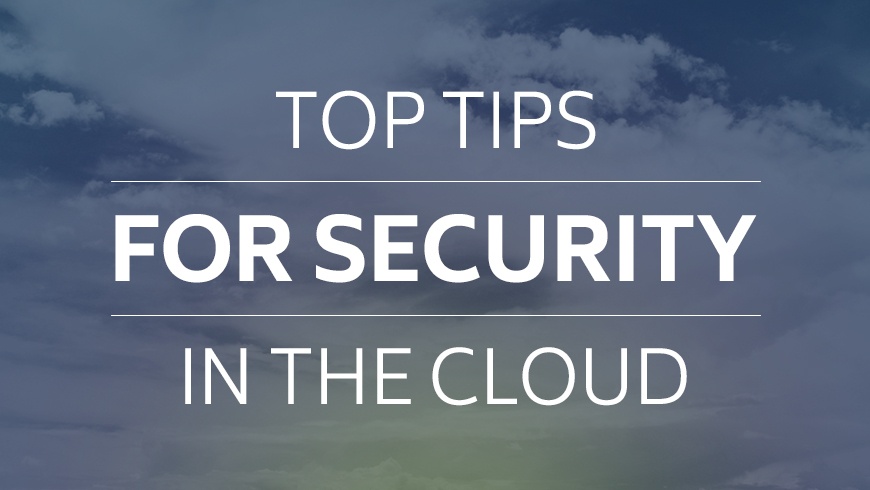Top Tips for Security In The Cloud
Cybersecurity Assessments | Cloud Computing
Published: Mar 31, 2016
Last Updated: Nov 9, 2023
Surprisingly, business leaders—not IT departments—are the driving force behind six out of 10 migrations to the cloud. These leaders are often bothered by the nagging question, “Is the cloud secure?” This question is usually followed by a series of debates about just how secure the cloud is.
Heading over to industry publications and reading countless articles about the state of cloud security won’t give you an answer, and if you’ve decided it’s time for your business to make the switch to the cloud—or you’re already there—you need some solid tips to help you ensure cloud security.
Companies with successful and secure migrations to the cloud have implemented these security measures into their initiatives.
Encrypted Data
It goes without saying that if your company works with or stores sensitive data, it needs to be encrypted. Many encryption options are available, but most successful companies limit access to the encryption keys to select staff members and their cloud vendor.
Properly Authenticated Users
If you’ve worked in a corporate environment, you are likely using or have used a product by the software company Citrix. In October 2015, Citrix was hacked by a Russian hacker group that claimed to have accessed the company’s content management system, and subsequently its administrative system, through a weak password. That same access can occur with your cloud if you don’t have the proper security measures in place.
Stop and think about who in your company and cloud vendor has access to your company’s data in the cloud, and consider if they need to have access. Once you have decided who should have access, take a two-factor authentication approach rather than relying solely on passwords. As the name suggests, two-factor authentication usually involves a password and some additional code that only certain users have access to.
Monitored User Activity
Once you have decided who needs to have access to your data and you have created the proper authentication protocols, it is important to know what is happening. You might have written policies and procedures in place, but monitoring activity helps tell you if those policies and procedures are being followed. This can be done by having your cloud provider look at an audit trail of events from the cloud’s system. Regular monitoring also helps determine what can be done in the event of a breach, and where and when it occurred.
Maintaining security in the cloud has much to do with selecting the right provider for your needs, having a good relationship with that provider, and ensuring your employees are adhering to internal security protocols. Keeping these things in mind can help keep your company out of the news.
About Scott Zelko
Scott Zelko is a Managing Director at Schellman. Scott leads the Northeast Practice and the ISO Certification service line including ISO 27001, ISO 9001, ISO 20000, and ISO 22301. He works with many of the world’s leading cloud computing, FinTech, and security provider clients. Scott has more than 30 years of experience in the information technology field including IT management, system implementations, attestation and other advisory services and holds multiple certifications in the areas of Security, Privacy and Enterprise Governance. In addition, Scott works with clients to develop unified compliance strategies to meet internal, regulatory and client requirements.




